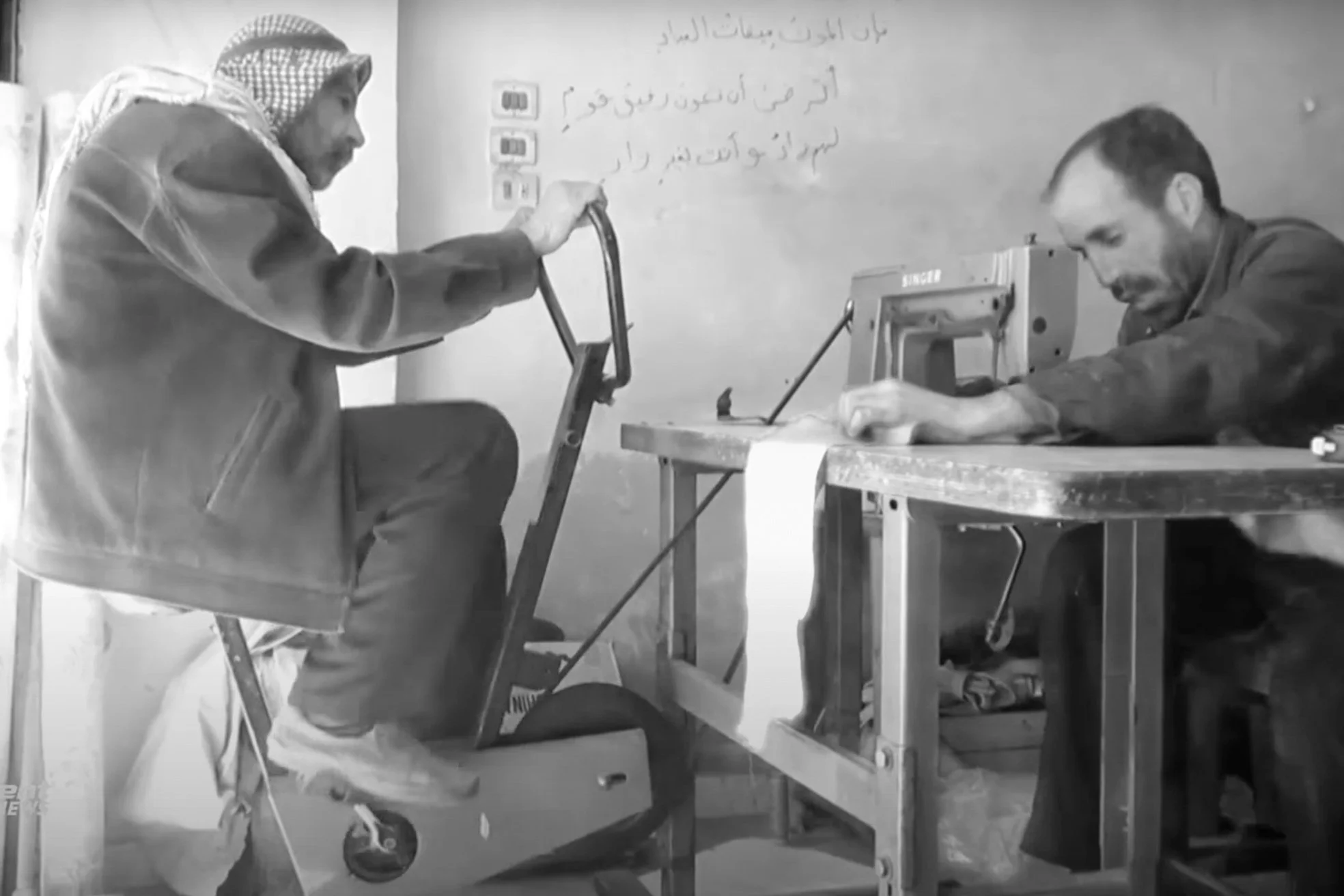Material Technologies and Situated Practices
-
Although recent calls in digital fabrication acknowledge local construction methods, the “local” in this framework is either a passive recipient of technological tools or a passive source of inspiration. The difference between high- and low-tech is much more than switching from robots to hand-making, as the two domains represent equal (but almost contradictory) modes of imagination, planning and decision-making This paper aims to reflect on the possible contribution of architectural practice and technologies to support vernacular building crafts. It reflects on four experimental case studies of tile vaults made in collaboration between the master vault makers and an architect to push the technique towards new applications and approaches to resourceful construction. The paper shows that the link between architectural practice and local building crafts is a threefold dialogue. First, designers should engage with the complexity of craft by illustrating its processes, not products. Second, designers should work with local building crafts communities beyond formal institutional channels. Third, designers should include vernacular knowledge in the current research on manufacturing and prefabricating replicable low-carbon building components. These threefolds can be translated to methods to engage socially and environmentally with local materials and knowledge. “Leaving no maker behind” acknowledges the overlooked human dimension of local construction: working directly with makers.
-
-
-
The relationship between structural form and natural force allowed medieval master builders to construct spaces that still inspire awe today, many of which would be difficult to recreate. But with an understanding of antique knowledge, traditional construction, and contemporary computation we can once again explore the form and structure of centuries ago in contemporary architecture and engineering. Combining historic wisdom with the latest natural material technology offers the promise of novel and sustainable building solutions, especially as far as curved structures are concerned. We discuss developments from our research at Cambridge and our practice Light Earth Designs on curved structures that draw on learning from ancient traditions for contemporary sustainable architecture and engineering.
-
Craftsmanship had a crucial role in shaping Syrian society and its relation to the built environment. Organisations and guilds of artisans were official regulators and mediators between artisans, state architects, courts and private house dwellers. It was through these guilds structure that the training of crafts took place to provide technical and social know-how to contextualise those structures within the city. Also, it was through the guild that the technology transfer came about by immigrants and moving artisans. The paper argues that the loss of this medium at the beginning of the twentieth century resulted in a dichotomy between architecture and building practice, specifically by excluding the popular builder from any formal representation in the state. This dichotomy led to fundamental alterations in modern construction, the nature of the planned and unplanned, the local and global and the private and public. Illustrating the development of the guild structure could reveal how the public and private construction developed in the region. The paper rereads two pivotal texts written about craftsmanship in Damascus in the 1880s. It compares the social structure in construction guilds with those of guilds in other disciplines, and explains the distinctiveness of the builders’ guild and its relation to the state. Finally, the paper examines the remnants of guilds structures in the modern Syrian society, specifically in the popular non-institutional training systems. In Syrian cities today, architects are not the primary key players and, in some cases, are completely absent. Almost half of modern Damascus and Aleppo is built by builders with a minimum, if any, intervention from architects or planners. Unlike the traditional artisans and their guilds, those modern builders have no official representation. How could any rebuilding plan be more inclusive and address those builders? There could be a possible answer in the relationship between craftsmanship and the city.


